Last month on my latest Disney press event, I got to visit Disney Animation studios to learn all about Disney’s upcoming animated feature film ZOOTOPIA. We saw exclusive footage and had a Q&A with Directors Byron Howard & Rich Moore and Producer Clark Spencer. Read on to see what they had to share and insight on the new movie.
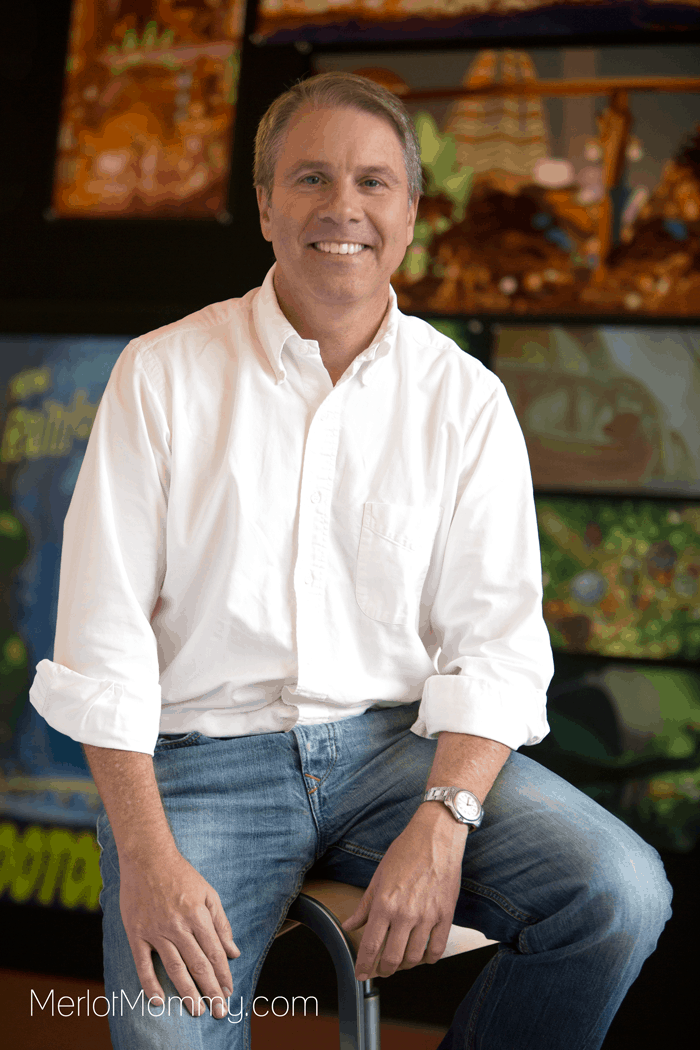
Clark Spencer
Producer Clark Spencer shared a clip with us that talked about some of the great cinematic moments from Disney Animation. So let’s take a look at this first clip. Every day in a contemporary and ground breaking film that are inspired by our long legacy of innovation and great story telling. And 10 years ago today, John Lassiter and Ed Catmull joined Disney Animation and everything changed.
They wanted to put filmmaking where it belongs: back into the hands of the filmmakers and not into the hands of executives. So they created the Story Trust, which today consists of a mix of veterans and young talent. It’s directors, writers, story artists, who each and every day challenge each other and push their films to a new level of excellence. They always ask themselves, “What makes a Disney Animation Film?”
They modern stories. They have fairy tales, films, animal films, human films, and animals and humans. There are all types of stories, but no matter what, they always have four key ingredients:
- Tell timeless stories for today’s audiences
- Make these movies to be entertaining for people of all ages around the world
- Include a combination of great humor and deep emotion
- Live up to the standard of Walt Disney
Right now, they are experiencing a Renaissance at Disney Animation.
Spencer talked about Byron Howard and Rich Moore.
Byron Howard started at Disney as a tour guide at Walt Disney World. He always dreamed that one day being part of Disney Animation. And he finally got his chance on the film Pocahantas where he was a clean-up artist. He was an animator on Lilo & Stitch. He went into the story artist ranks and then eventually made his directorial debut on the Oscar-nominated film Bolt, and on the worldwide-hit Tangled.
Rich Moore came to Disney in 2008. And Rich has an incredible and long story past, TV animation, creating some of the best and most iconic episodes of “The Simpsons” and “Futurama,” and his directorial debut here at Disney Animation was on the Oscar-nominated film Wreck-It Ralph. So two amazing individuals we get to work with. But before I tell you the story of Zootopia and show you some footage, some of which has never been seen outside of the walls of Disney Animation. All of it is still a little bit work in progress, so you can see the naked part of our process.
Disney Animation has an incredible legacy of animal films. There’s Bambi, Jungle Book, Dumbo, Robin Hood, and The Lion King. They’re all incredibly funny films and very deeply emotional.
“After finishing Tangled Byron was thinking about what kind of story he wanted to tell next, and he kept coming back to these great animal worlds, and kept drawing animals over and over again. You can see some of his early visual development art,” Spencer said.
“And he finally came up with this idea of an Animal City called Zootopia, and John loved the idea so much, he literally got up and he hugged him, because John is also a huge fan of talking animal films, so for him, John was just very excited we’d be going back into this realm. And he charged everyone on the team with creating an animal movie that no one has ever seen before.”
All of Disney Animation films begin with research. With Zootopia, the director spent 15 months studying animals. Their research took them to Animal Kingdom at Walt Disney World, where they have a huge array of animals and some of the best animal experts in the world. They were able to get right up to the animals and observe their behavior up close, and learn about the animals.
After they saw the animals in a man-made facility, they wanted to see them in the wild, as well. So they went to Africa. They went to Kenya to study animals on a Savannah and get a sense of their movement and their natural environment.
When we left Africa, they lives did change. They were inspired by these trips to make their characters feel like the animals they are, and capture what makes them so amazing. And they wanted everything from the big city of Zootopia to the individual strands of fur on each animal character to feel believable. So that led them back to research again, literally researching fur at a microscopic level.
For example, an individual strand of fox’s fur is dark at the root and it gets lighter as it goes to the tip, and that’s what gives it its overall coloring. Polar bears’ fur is not actually white; the individual strands of fur are clear and hollow.
Their Look Team created millions of strands of clear hair to create the polar bear. They had to tackle the natural dreadlocks of the yak and the filthy wool of your average sheep and mousey softness of the arctic shrew. And animals in Zootopia have completely different fur groomed based on their actual individual strands of fur. That detail the Look Teams are putting into fur, skin, and textures is absolutely astounding.
They also wanted to make sure that the world as Zootopia, not just the characters who are in it, felt alive. To help accomplish that, they created a new technology called “Keep Alive,” where the world always had some level of movement. They created a wind simulation that allows them to place vegetation into an environment and have the individual leaves and branches move.
How do the Animators create the same believable animal movement once that animal goes from walking around on four legs to up on two legs?
The animators had a lot of fun and spent a long time since they got to work with the animals. Now one of the most important and unique things about Zootopia is the amazing city, which all of these animals live. Zootopia is a world created for and designed by animals not by humans. And because this city has animals of every shape and size from jumbo to itty bitty, from the elephant all the way down to the mouse. From the beginning, they all agreed they wanted to be able to have the true size of each animal.
Most animal movies go to a generic size. But they didn’t want to do that. They wanted to use the true size of the animals. The wildebeast is the same size as your average human, but the scale of a wildebeast to a mouse is 1:24. In other words, it’s the height of 24 mice. And the height of a giraffe, that same mouse is 1:95. Zootopia had to be built for everyone.
Hans from Frozen is 24 mice tall.
Zootopia has different neighborhoods that celebrate different climates and cultures. For the desert animals, there’s Sahara Square, which is huge and hot and dry. It’s this kind of upscale area, like Dubai or Monte Carlo, all kind of rolled into one, and very sunny. Tiger Town is where the cold weather animals live, like polar bears, moose, and arctic shrews. In Tiger Town, they have coolers under the sidewalk to keep everything frozen, and they’ve got what they call a “3:00 Blizzard” every day.
“There’s a little itty bitty neighborhood called Little Revencha, which is like Greenwich Village but only about 2-feet tall and this is where all the little mice live. And then there’s Bunny Borough, which has millions and millions and millions of super cute Bunnies. And what bunnies do is they make more bunnies. We all know what’s going on inside those patches. They’re all families here, Rich Moore told us.”
“So the best thing about having all these unique neighborhoods in this amazing city is that you get to go on this incredible international tour all within one massive Metropolis. So at first glance, this all seems great. Zootopia seems like a Utopia but like our own world, the City isn’t perfect. Under this beautiful exterior, Zootopia has its own problems.”

ZOOTOPIA – Character Concept Art of Judy Hopps by Cory Loftis (Character Design Supervisor). ©2015 Disney. All Rights Reserved.
Byron Howard introduced us to Judy Hopps. Judy left the comfort of her country home, Bunny Borough, to go to the big city, Zootopia. Judy Hopps is an optimist. She lives by the mantra, in Zootopia, anyone can be anything, but when she arrives to the Zootopia Police Department, she’s hit by the reality of the world and that is, while all the other big animals, big strong cops get the really cool assignments, she gets parking duty, and is rightfully disappointed, because she wants to be a real cop like the other big animals, not just a Meter Maid. But this is Judy decides she’s gonna make the most of her assignment and try even harder to prove herself.
By noon, she has given out over 200 Parking Tickets. Her big ears will allow her to hear meters all the way down the street. Right as they go off, she can race down there and ticket the car.
“Judy sees a sneaky looking fox entering an Elephant Ice Cream Parlor. And to her, that appears to be a little bit suspicious, a fox going into an Elephant Ice Cream Parlor, because also, her parents had always said that foxes are not to be trusted, so she decides to investigate,” Byron Howard tells us about this point in Zootopia.
“She heard that foxes were sneaky and untrustworthy, but this guy could not have been nicer, and Judy feels great about herself, until she discovers that same fox melting down that same jumbo pop and the liquid in the heat of Sahara Square, and then refreezing the juice into smaller popsicle sticks in Tundra Town and then waiting outside of Lemon Bank for the lemmings to come out. The great part about lemmings is that when you sell one lemming, all the rest of the lemmings all buy a popsicle.”
“So pure profit and a sneaky fox. Finally, he sells recycled popsicle sticks as lumber to mice. He has pulled off the perfect Crime and uses every part of that popsicle,” Rich Moore laughs.
“Hopps is furious. She’s been duped by the sneaky fox, and he’s being his exact stereotype,” Byron Howard said.”
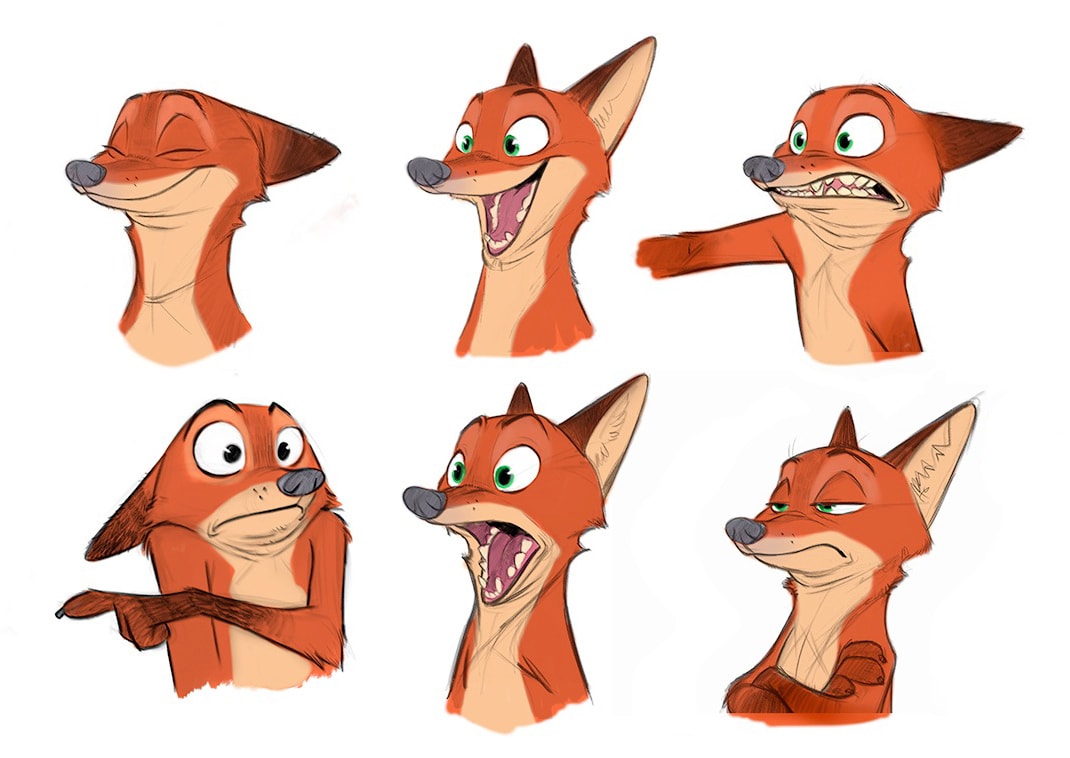
ZOOTOPIA – Character Concept Art of Nick Wilde by Cory Loftis (Character Design Supervisor). ©2015 Disney. All Rights Reserved.
“Nick Wilde, played by the incredible Jason Bateman. I love Jason, he’s amazing,” said Rich Moore.” Nick is a quick-witted con artist, a con animal, whatever. Sly, an actual fox, and Jason plays it well. And unlike Judy, who believes that anyone can be anything, Nick believes that we are what we are. In his mind, he will always be a sly fox, and she will always be a dumb bunny who will never, ever be a real cop, and that hits Judy really hard, very hard. So she heads back to her tiny apartment feeling like maybe she is just a dumb bunny. Unfortunately, things haven’t gone as she had hoped it would have gone.”
“And she is really missing her family at this point of the story. So let’s check out how, this phone call back home goes in this next sequence. So the next day, through a series of circumstances, Hopps gets that break she’s been waiting for. Her boss at the Police Station, Chief Pogo, is forced to give her a case. The case of a missing otter. But there’s a catch. She only has 48 hours to solve the case, or she is off the force. Well, Judy jumps at the chance, accepts the deal, only to discover that the case has only one lead witness.”
“It’s Nick that con artist fox. He was the last one to see the missing otter that Judy is looking for, so let’s see how Judy outsmarts Nick and cons the con mammal in helping her track the case. So Nick knows that Judy only has 48 hours, and he’s going to try and waste every minute of it by taking her all across Zootopia, starting with the DMV. That’s the Department of Mammal Vehicles, you get it, to the missing otter’s license plate so let’s take a look at this one.”
“Well Nick is truly enjoying making Hopps’ life miserable, hoping that she’ll give up and let him go free. To him it is clear that she is never gonna be a cop. But Judy’s determined to prove that she is capable of being a real Cop, even if she is just a rabbit, and it’s here in the story where the two are the most at odds and the relationship is truly tested at the hands of the most feared Crime Boss in all Zootopia, Mr. Big. And for the first time, Nick is the one who needs help from Judy so let’s take a look at this scene.”
“As Judy and Nick continue to unravel the Mystery, they discover the missing otter case is part of something much more complex involving the theme of stereotype and bias in our movie.”
Judy and Nick have to learn to trust each other now and look past their stereotypes if they have any chance of preventing the city that we’ve come to love from being torn apart. Ultimately, these two natural enemies, a bunny and a fox, heal the city and make their most important discovery of all. Yes, like Nick says, we are what we are but maybe if we can learn to look past that, we might just discover who we can be.
On how the story of Zootopia came to be
“Very early on we found out we really needed to become experts on how cities evolved and how people interacted, how these cities get built,” Rich Moore said. “When we went to Africa, one of the things we noticed was around the watering hole during the day, we filmed those giraffes. There were literally about 30 feet from us. They were very, very close to us and during the day, the lions and leopards and the giraffes—everyone got around the watering hole, so we figured out that this city is the place where people come together and live together and they have to agree on certain types of behavior to make living work.”
“That’s where we really got interested in this idea of predator and prey, and how these different groups have evolved to get along, and it’s been a fascinating journey. We always try to become experts as much as possible so that the film, the story is fed by the research.”
“By fact and real life, relatable situations,” Byron Howard said. “And that was something that was important to John Lassiter from the very beginning. If we were going to do a talking animal movie, it should be animals for animals, not just people in animal costumes kind of acting like humans. It should really come from how animals relate to one another and especially predator and prey.”
On big themes and take-aways for families
“I would say big one or one for me, I really take from it is the theme of that we define ourselves. The world may have an opinion of us, but it is up to you to define who you are. The world does not define you, you do, and that’s the theme that I went away with. Yes because both of the characters, both of the lead characters Nick and Judy lived their whole lives with people and Animals telling them who they should be. And struggling against those limits. It’s all threaded throughout the whole film,” Byron Howard said.
“You’ll see as great as the city is it has a lot of barriers that Judy runs into because of her size because of where she comes from, because of what people believe she knows or believe she’s capable of and to see her overcome that is really the journey of the movie. And it’s like will that idealism and that determination to survive, and I think as we’ve shown the film around the world, I think that’s what people really seem to key in on with Judy and that’s why Jennifer did such a great job in bringing that to life.”
“I think that’s one of the amazing things,” Rich Moore said, “when we previewed this film to people (to do test screenings). Sometimes it’s very clear there’s just this one message, and it’s very clear what that is. With this idea of ‘don’t let the world define you,’ it can be interpreted in so many ways, and I think that’s been the amazing thing for us to watch with the audiences, is that people talk about is it about stereotype or bias. Is it about letting yourself be defined? Is it about being determined? Judy’s a very determined character? Is it about a woman trying to show that she can do something? Is about somebody who’s small and saying, ‘I can do something even though you see me as a small character, I can big, too’.”
“All these things come from your own personal point of view as to what you yourself may have experience and I think that is kind of a surprise for us to see how people are interpreting all this one idea in different ways depending upon what their, um, own experience is and it’s been really fantastic to hear back from audiences all over.”
Zootopia is in theatres March 4, 2016.
Check out the New ZOOTOPIA Trailer featuring Shakira’s “Try Everything”
- Finding Calm in the City That Never Sleeps - September 24, 2025
- Different Reasons to Consider Using a Therapist in New York - March 12, 2025
- Is a Micro Wedding the Dream You Didn’t Know You Had? - February 14, 2025
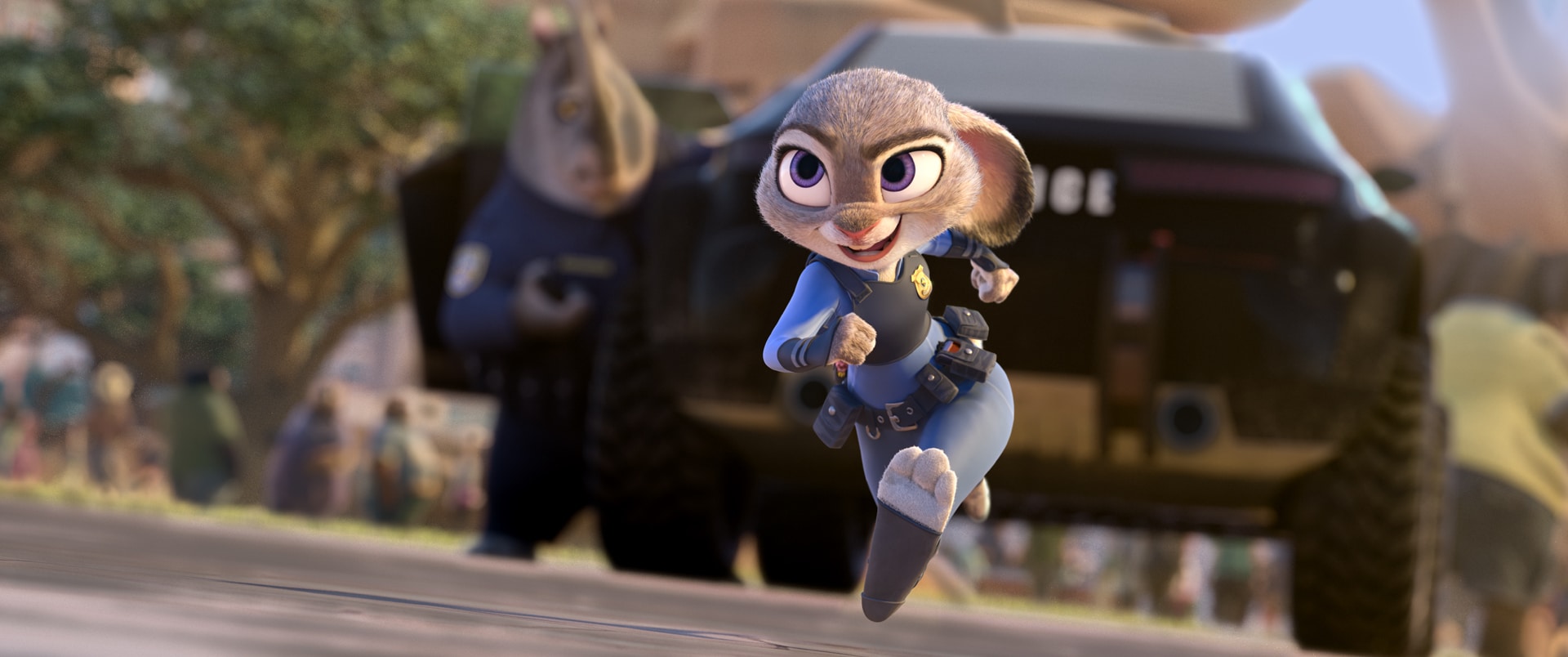
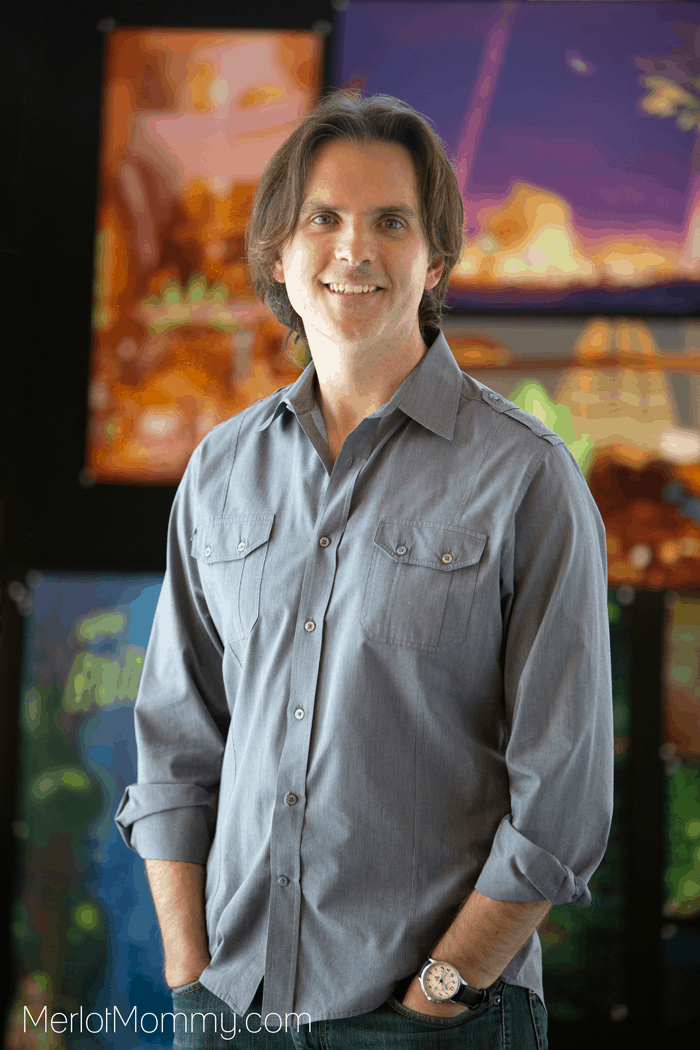




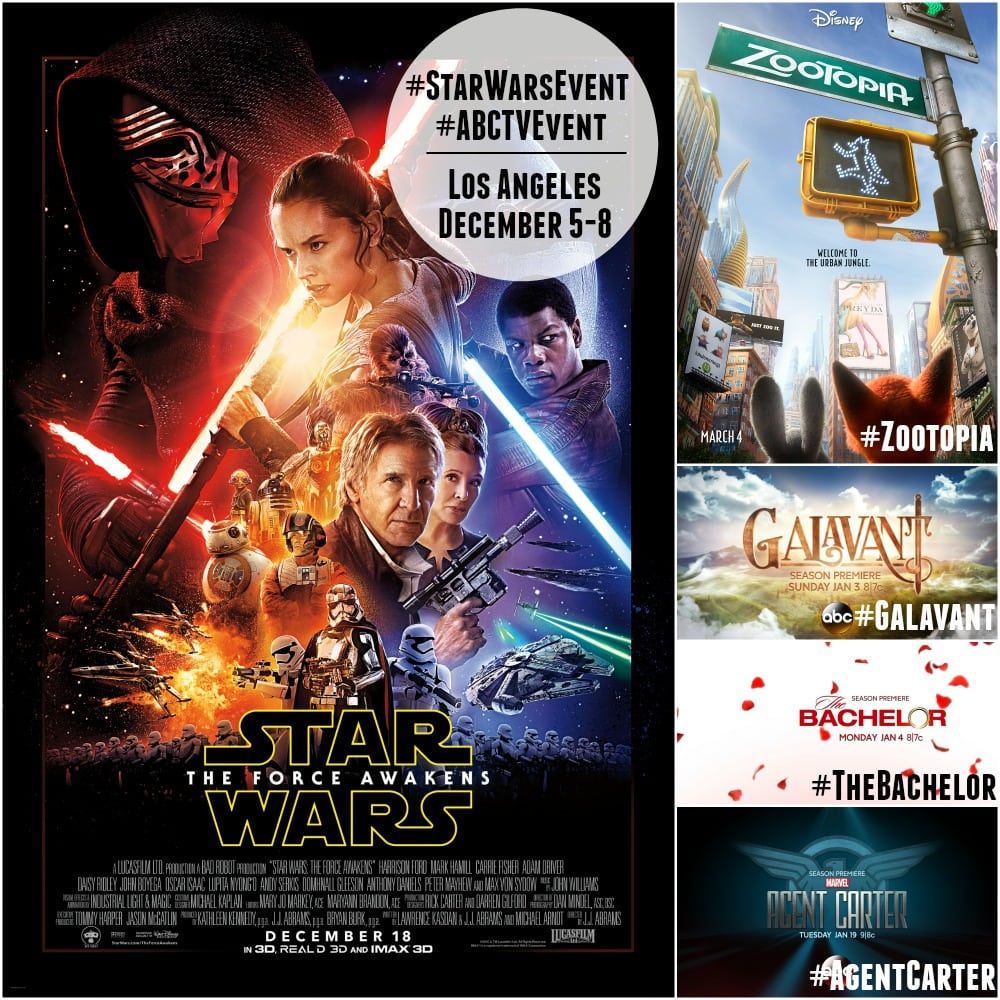





Great story, interesting how much research went into the development of this movie. The relationship between Nick and Judy is spectacular, great chemistry, they balance each other out. The naive optimist and the street smart cynic. The message of self determination and racial tolerance and understanding cultural differences is very timely. This should be a series of police procedural films setvin Zootopia with our heroes solving cases of social importance to society. The interspecies relationship of Wilde and Hopps should also be explored. They are like a classic mystery couple, makes me think of the TV series Castle or Remington Steele.